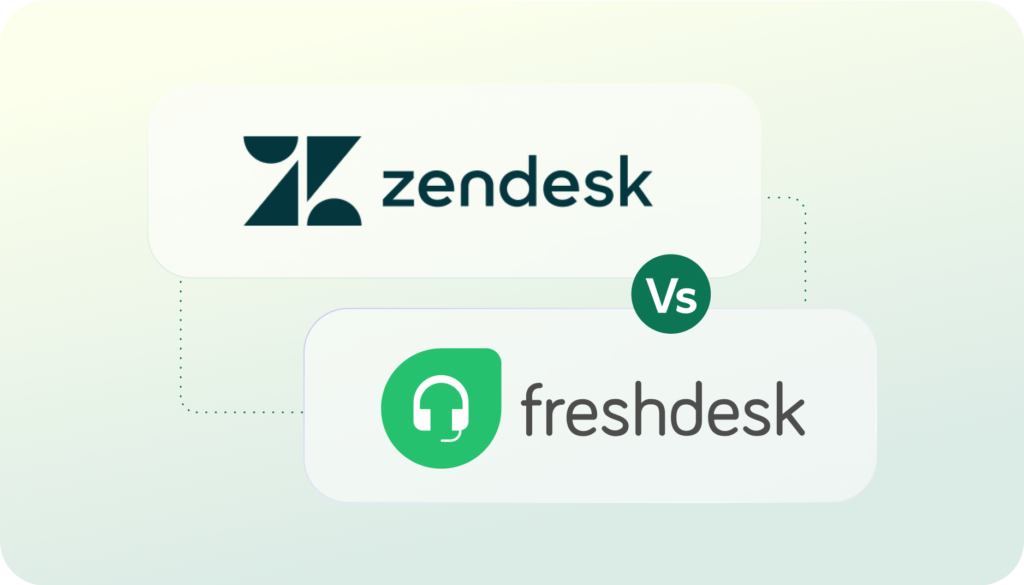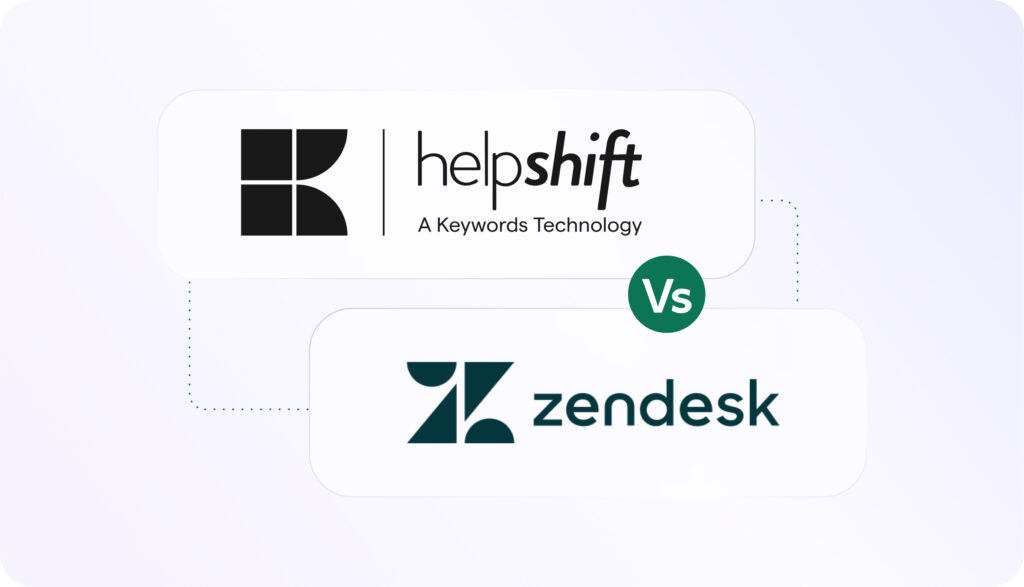Churn rate, also sometimes referred to as rate of attrition, refers to the number of customers who cancel their memberships or stop using a product or service within a specified period of time.
Churn rate is most often measured in percentage points — calculated by dividing the number of customers you lost by the number of customers you started with — but can also be measured by number of customers lost or value of revenue lost. Typically, it’s measured by month, quarter, or year.
The goal of most companies is to increase their growth rate and reduce their churn rate. And since it’s usually far less expensive to retain an old customer than to acquire a new one, churn rate is often more important than growth rate in this equation. In fact, a 2019 Gartner survey of product marketers at technology and service providers said “retaining clients” is one of their biggest challenges.

Why Does Churn Rate Matter to Customer Service?
Some factors that affect churn rate are out of your control. For instance, if your product simply does not fulfill the customer’s need, or if the customer no longer needs the product because of a change in circumstance, there’s little you can do to retain the customer. But there are some critical churn rate factors that are under your control, such as:
- Poor experience with customer service
- A too-high price
- Poor user experience
- Poor product/market fit
If you improve the experience of customer service, the perceived value of your brand improves for the customer. Their experience improves, and the money spent on your product seems more in line with the experience they’re actually getting. For these reasons, customer service is a critical factor in reducing churn rate.
Improving the user experience also improves the customer’s overall experience and impression of your brand, but more importantly, the feedback you gather from customer service efforts can help you improve that customer experience over time.
Likewise, learning more about your customers’ needs and desires via customer service data helps you market your product to the right target audience, ensuring an aligned product/market fit in the future. All of this reduces churn rate.
How Helpshift Supports Churn Rate
Helpshift’s sophisticated customer service capabilities improve the customer experience and allow the collection of critical customer data.
When customers can contact a company in the way that feels most intuitive to them — by phone, email, webchat, or in-app messaging — they get their problems resolved and their questions answered quicker, and walk away with a much stronger impression and increased brand loyalty.
Helpshift supports Connected Customer Conversations, which creates a unified customer experience that connects messaging, phone, email, self-service, bots, and AI. And with the data Helpshift creates based on customer service interactions, companies can continually hone and refine their products and services and the experiences they offer.
Recent proprietary internal data by Helpshift shows that brands see significantly higher CSAT ratings for messaging-based conversations than other support channels. On a scale of 1 to 5, with 5 being the highest, average scores were 4.1 for messaging, 3.6 for live chat, 3.3 for email and 3.0 for web forms.



